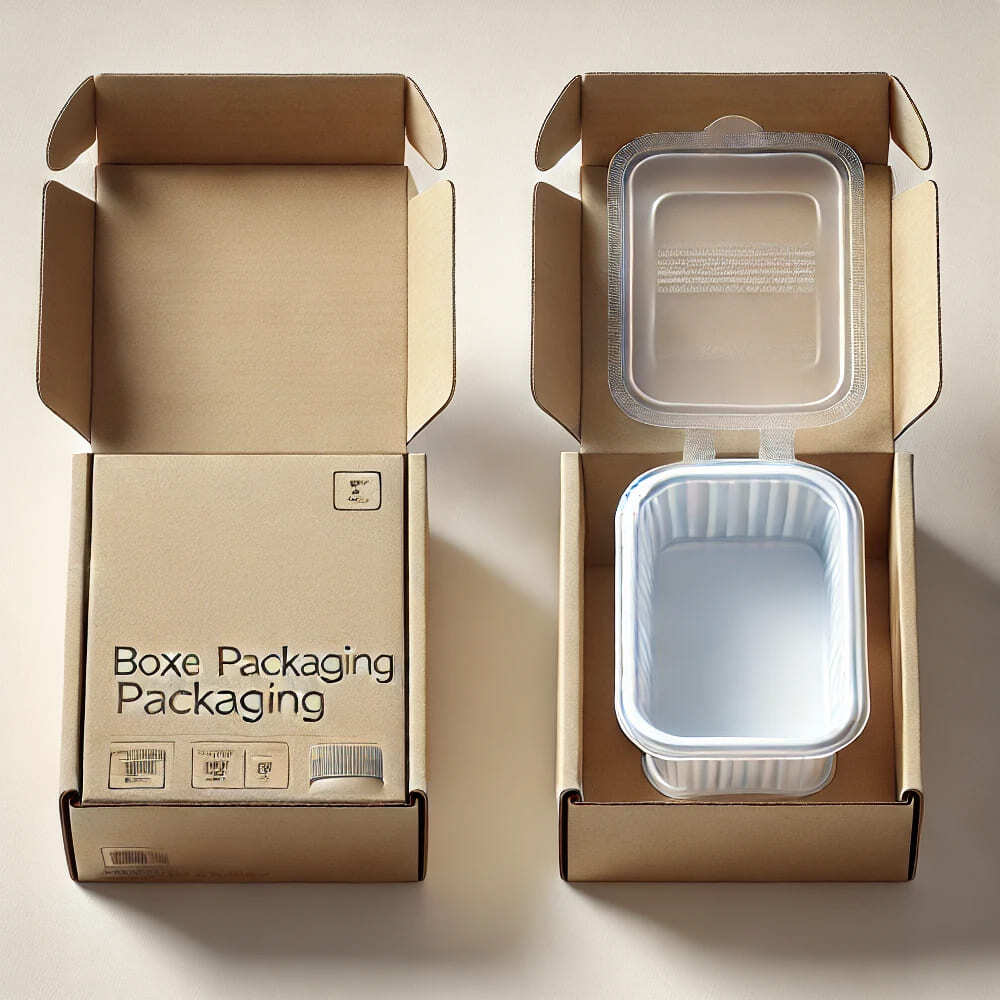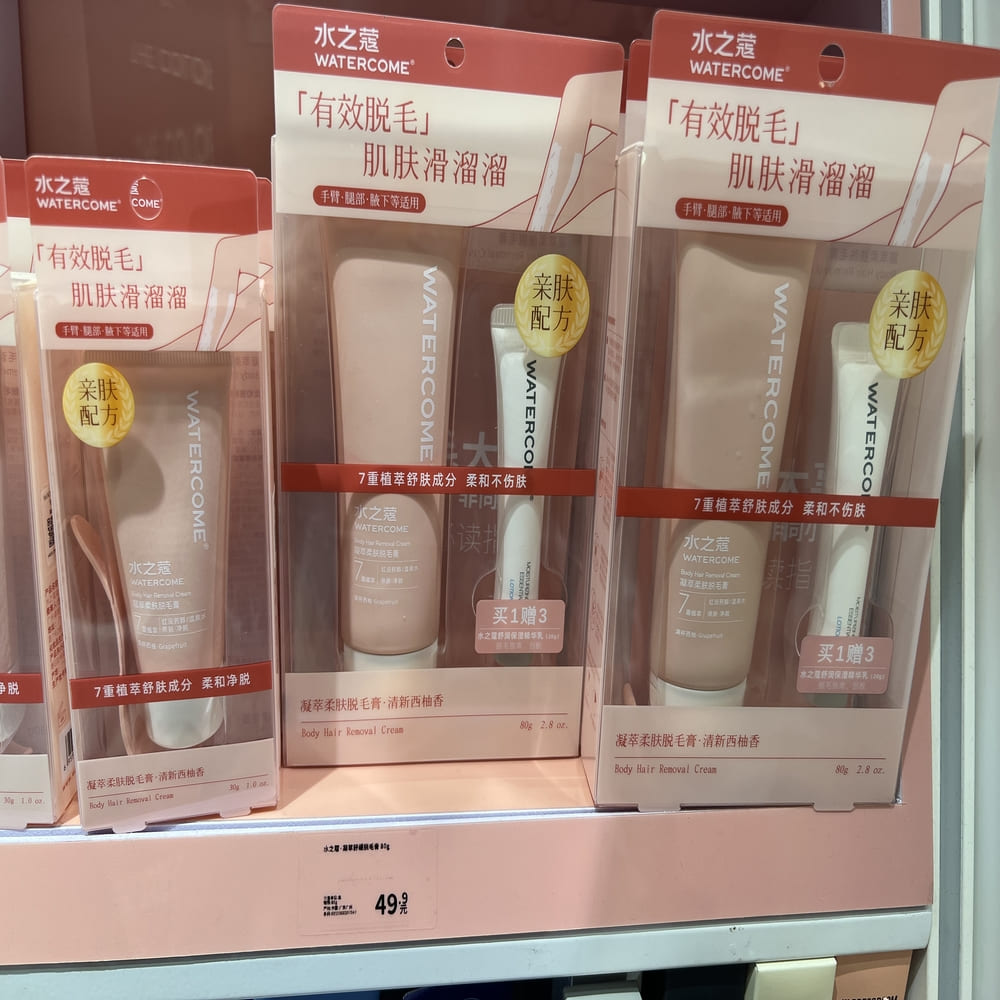Table of Contents
Introduction
When selecting packaging for products, businesses often find themselves choosing between two popular options: boxed packaging and clamshell packaging. Both serve unique purposes in terms of presentation, protection, and consumer appeal. This article delves into the core differences between boxed and clamshell packaging, examining aspects such as material choices, environmental impact, security, and customer experience. By understanding these differences, companies can make informed decisions on the best packaging for their products.


What is Boxed Packaging?
Boxed packaging typically involves enclosing a product in a sturdy, opaque structure. It provides a high level of customization and branding options due to its printable surfaces and varying material options.
Material Options for Boxed Packaging
- Cardboard and Paperboard: These are the most common materials, ideal for branding and recyclability.
- Rigid Plastic: Occasionally used for added durability.
- Eco-Friendly Alternatives: Many brands opt for recycled or biodegradable options to support sustainable practices.
Benefits of Boxed Packaging
- Branding Opportunities: The flat surfaces allow for extensive branding, making it ideal for retail displays.
- Protection: Boxes provide solid protection, especially when combined with inserts or padding.
- Eco-Friendliness: Cardboard and paperboard are highly recyclable and offer a more sustainable choice.
Drawbacks
- Limited Product Visibility: Consumers cannot see the product directly, which can be a drawback for certain retail environments.
- Space Consumption: Boxes can be bulky, making storage and shipping slightly more challenging.
What is Clamshell Packaging?
Clamshell packaging is a transparent, hinged structure, often made from plastic, that displays the product inside. It is widely used for items where product visibility is essential.
Material Choices for Clamshell Packaging
- Plastic (PET, PVC): Durable and transparent, allowing full product visibility.
- Eco-Friendly Materials: Newer materials include molded pulp and biodegradable plastics, although these are less common.
Benefits of Clamshell Packaging
- Product Visibility: Clamshell packaging allows consumers to view the product, enhancing its appeal.
- Security: The structure is tamper-resistant, especially useful for high-theft products like electronics.
- Lightweight: Clamshell packaging is typically lighter, reducing shipping costs.
Drawbacks
- Environmental Concerns: Plastic clamshell packaging can contribute to waste if not made from recyclable materials.
- Wrap Rage: Clamshells can be challenging to open, frustrating customers at times.


Comparing Boxed and Clamshell Packaging
| Feature | Boxed Packaging | Clamshell Packaging |
|---|---|---|
| Visibility | Low; ideal for branding, not product viewing | High; product is fully visible |
| Material Variety | Paperboard, cardboard, some plastics | Primarily plastic, some eco-friendly options |
| Product Security | High, especially with padding | Very high, tamper-resistant |
| Sustainability | Highly recyclable materials available | Limited options for recyclability |
| Shipping | May be bulkier; higher cost | Lightweight, lower shipping costs |
| Customer Experience | Accessible and often visually branded | Clear view but sometimes difficult to open |
Industry-Specific Applications
Both packaging types serve distinct industries, depending on product requirements:
- Retail and Electronics: Clamshell packaging is popular for items that benefit from visibility, such as small electronics and accessories.
- Food Products: Clamshells are often used for fresh produce, while dry foods may be boxed.
- Luxury Goods: Boxed packaging, with its premium feel, is favored for high-end products where branding is essential.
Pros and Cons of Boxed Packaging
Advantages
- Enhanced Branding: Customizable surfaces for logos and designs.
- Product Protection: Can include protective inserts.
- Recyclability: Many options for eco-friendly materials.
Disadvantages
- Visibility: Limited view of the product.
- Bulky Design: Takes up more storage and shipping space.
Pros and Cons of Clamshell Packaging
Advantages
- Full Visibility: Allows consumers to view the product.
- Tamper Resistance: Secure and protective.
- Lightweight: Easier to ship and store.
Disadvantages
- Environmental Impact: Plastic waste concerns.
- Opening Difficulty: Can lead to “wrap rage.”


Choosing the Right Packaging for Your Product
When choosing between boxed and clamshell packaging, consider the following:
- Product Type: Fragile or high-end products may benefit from boxed packaging, while items that need visibility, such as electronics, work well in clamshell packaging.
- Budget: Boxed packaging may require a higher budget due to customization.
- Sustainability Goals: For eco-friendly initiatives, consider recyclable boxed options or eco-friendly clamshell alternatives.
Conclusion
Both boxed and clamshell packaging have unique advantages and drawbacks, from customer experience to branding possibilities. Assess your product’s requirements, customer expectations, and environmental goals to choose the packaging that best fits your brand. Making an informed decision can enhance product appeal, reinforce brand values, and optimize packaging costs.
